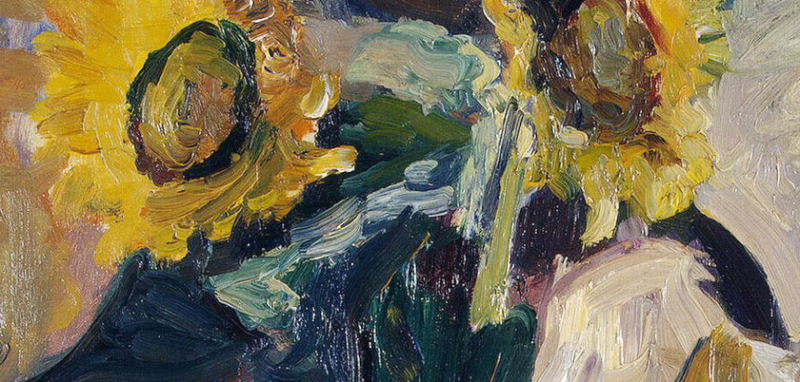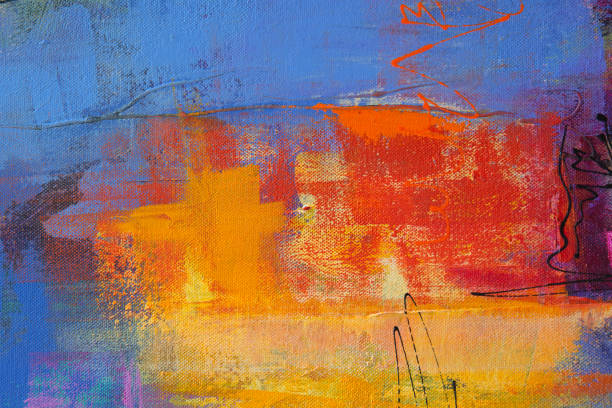Painterliness
The notion of "Painterliness" is derived from the German word malerisch ('painterly'), which was introduced by Swiss art expert Heinrich Wolfflin (1864–1945) in order to help concentrate, enhance, and standardize the adjectives used by most art critics of his day to describe these types of paint-centric artworks.
It is claimed that a painting is "painterly" if it has apparent brushstrokes - the consequence of adding color in a way that is not wholly controlled - often without precisely following well-defined lines. Any painting medium – watercolors, acrylics, oils, gouache, etc. – may provide either geometric or painterly results.
Pierre Bonnard, Vincent van Gogh, Renoir, and Andrew Wyeth are examples of painters whose works might be described as Painterly. Impressionists, Fauvists, and Abstract Expressionists had a strong tendency toward a Painterly style as well.
Painterly art often employs the many aesthetic effects created by painting on canvas, including chromatic development, warm and cold tones, complementary and opposing colors, fractured tones, wide impasto, and brushstrokes.
Although the term "Painterliness" often refers to a specific use of paint in art, some types of sculpture use seemingly random surface effects that, while not precisely matching brushstrokes, yet exhibit painterly characteristics. We can describe such sculpture pieces as "Painterly" as well, even though they are not paintings.
Emergence: 1864
Outstanding artists: Pierre Bonnard, Vincent van Gogh, Renoir, and Andrew Wyeth








